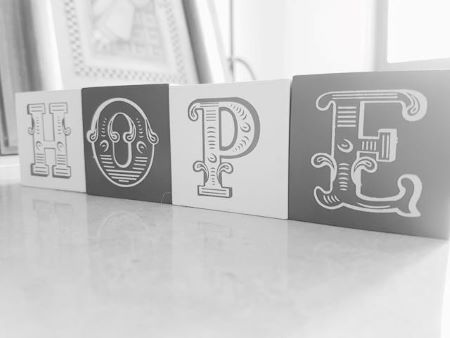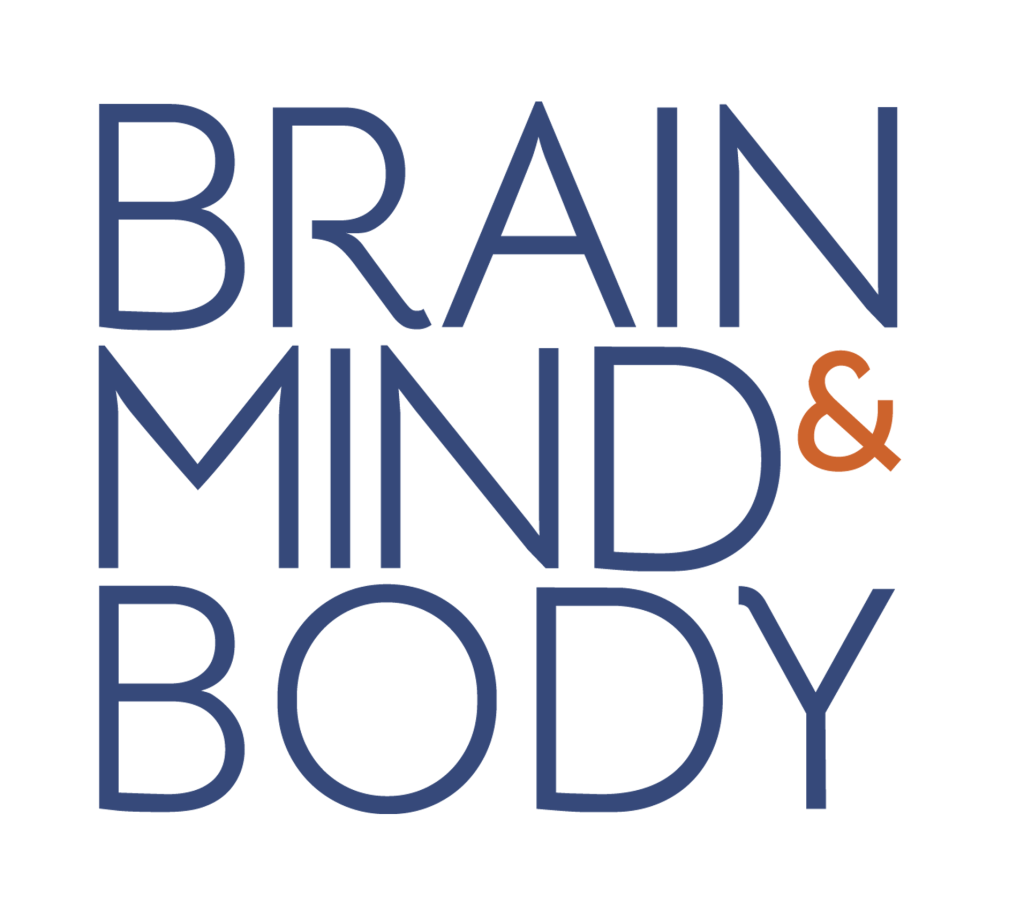It was a cold rainy day in January 2021. I’d been practising as a hypnotherapist for a year. I’d left a client in Green Park, London and was heading back home to Paris.
A journalist friend called me who was working on an article pitch discussing the efficacy of traditional talk therapies. She asked me to summarise in one sentence, what the outcome of all good therapy should be? After a moment of reflection, my long response was…
“The therapy I provide is to empower individuals by sculpting their beliefs to generate hope, self-awareness, emotional resilience, and personal growth, guiding them toward a more fulfilling and balanced life.”
She then asked me, which term within that sentence is the most difficult to maintain over time, I responded “hope”.
Hope can be seen through two lenses; one concerns pathways and solution-thinking; the client must nurture the belief that they will find their way to a destination or outcome. The other is about agency and self-efficacy thinking; it’s the belief in one’s own ability to reach a specific goal.

When we hit the perfect balance of the two, the flower of optimism opens its petals and the light reflects within. This is a divine moment of flotation, or peace. It’s the moment a client starts to trust that their present moment and future moments are sufficiently aligned. But how do we maintain that effect over time? How do we bolster the client’s ability to auto generate hope in a world where fragile petals fall, and imminent storms are ever-looming?
I’d already been working on a personal development programme for my clients in the creative industries to help them get as quickly as possible to a state of hope and peace. I wanted it to go beyond traditional psychotherapy and hypnotherapy. I wanted my clients to learn and master the interdependent machinations of the self. I knew it must incorporate four foundations: The Brain, the Mind, the Body and the Soul (or spiritualty).
I called it Base 4 Foundation®.
I wanted my clients to see beyond the reductive and dualistic approach of modern medicine, which looks just at the mind and the body, and largely holds that should one wish to pursue truly existential questions, one should adhere to a school of dogmatic principals or study philosophy.
Of the four foundations, the one that required the most research was spirituality. My question was, how can I help clients become their own hope machines? After scratching away in the etymological chicken pen of ‘hope’, I landed on the word ‘trust’ and explored it in detail. I wanted to see how trust is born, what is the essence of trust? When we scratch further, we invariably land in the field of ‘control’, moreover the question of what is within our control; and what is not? When a client learns to truly accept and relinquish control over certain things, what happens to the things they are letting go of? I arrived at the final cognitive process with the following formula: I decide, to believe, to trust. And for that to happen I need some sort of Faith.

Faith is often misunderstood. For many, it conjures images of religious dogma, rigid belief systems, or adherence to traditions. However, when we look at faith through the lens of neuroscience, we see that it is far more nuanced and universal. In fact, faith, when stripped of its dogmatic trappings, can serve as a powerful tool for personal transformation, emotional healing, and mental clarity.
The Neuroscience of Faith: What Does Science Say?
Modern neuroscience offers fascinating insights into how faith—whether in a higher power, oneself, or the future—engages our brain in ways that promote emotional regulation and decision-making. For instance, studies using brain imaging have revealed that faith activates the prefrontal cortex, the area responsible for planning, goal setting, and imagining future outcomes.
When clients believe in the possibility of change, they are mentally rehearsing a more positive future, which helps them remain motivated despite challenges.
A study published in Social Cognitive and Affective Neuroscience (2012) delves into this further. Researchers used fMRI technology to show how belief systems, including religious faith or even personal hope, activate brain regions like the prefrontal cortex and the ventromedial prefrontal cortex—areas connected to emotional regulation and reward systems. This activation increases the brain’s ability to manage stress and make healthier decisions, underlining the fact that faith is not just a philosophical or spiritual concept but a neurobiological one.
In therapeutic settings, this understanding allows us to use faith in non-dogmatic ways to facilitate healing. By fostering a belief in change and cultivating self-trust, clients activate these neural pathways, helping them regulate their emotions and move forward even during tough times.
The Non-Dogmatic Essence of Faith
At its core, faith is about trust and hope. It’s about the willingness to embrace uncertainty, let go of what we can’t control, and move forward despite fear or doubt. In therapy, this concept is essential.
For example, research into how individuals with mental illness use faith to aid recovery has offered valuable insights. A study published in Psychiatric Services (2006) found that people with conditions like schizophrenia or bipolar disorder who maintained a sense of faith— whether in a higher power, themselves, or the therapeutic process—reported better outcomes and greater motivation for recovery. Their faith acted as a mental anchor.
In the Base 4 Foundation® programme, I have tools that help clients to develop a similar kind of non-dogmatic faith. This involves, of course, trusting that the therapeutic process will work, even when it feels slow, or simply believing in their own capacity for growth and change.
Faith in Therapy: Channelling it for Healing & Growth
- Belief in Change: Often, clients come into therapy with a sense of hopelessness. One of the most important roles I play is helping them cultivate a sense of faith that change is possible. This doesn’t mean denying reality or painting a false picture of the future, but rather fostering the belief that with effort and the right support, they can overcome their struggles or take their currently halted or blocked performance to a new level. Studies have shown the importance of this belief in therapy outcomes. For instance, a 2018 study on Cognitive Behavioural Therapy (CBT) found that clients who maintained hope and faith in their ability to change experienced greater symptom reduction and mental health improvement compared to those who lacked that belief. Faith in one’s potential is a key factor in a successful therapeutic outcome.
- Trust in the Process: Therapy and coaching are journeys. There are highs and lows, moments of clarity, and moments of doubt. I emphasize the importance of trusting in the therapeutic process itself—of having faith that, even when things feel difficult or unclear, 3 we are moving in the right direction. One area where faith in the process is critical is addiction recovery. A 2013 study published in the Journal of Substance Abuse Treatment compared faith-based and secular recovery programs. The study found that participants in faith-based programs, such as Alcoholics Anonymous, experienced lower relapse rates and higher satisfaction with life. The belief in a higher power or simply in the group’s support gave them the strength to persevere through setbacks. While my practice is non-religious, this evidence shows that faith—in oneself or in the process—can serve as a powerful motivator for lasting change.
- Faith in Oneself: Perhaps the most important form of faith is faith in oneself. I encourage my clients to develop a deep sense of self-trust. This means believing in their inherent worth, their ability to grow, and their capacity to navigate life’s challenges and unknowns.

A 2020 study in Frontiers in Psychology on mindfulness and secular spiritual practices found that engaging in activities that cultivate self-trust and faith in the present moment—such as mindfulness meditation—led to reductions in anxiety, depression, and stress. Participants showed increased emotional resilience, a critical component of mental health and well-being.
Why Faith Matters in Therapy and Coaching
In my programme, the cultivation of faith is a primary ingredient of one of the four foundations and is presented as a guiding principle—not as a religious concept, but as a psychological and emotional resource. By helping clients cultivate faith in the process, faith in change, and faith in themselves, I empower them to achieve lasting transformation.
If you’re feeling stuck, lost, or overwhelmed, maybe you need some tools that will help you decide to believe to trust.
Main – Image by Shahariar Lenin from Pixabay






